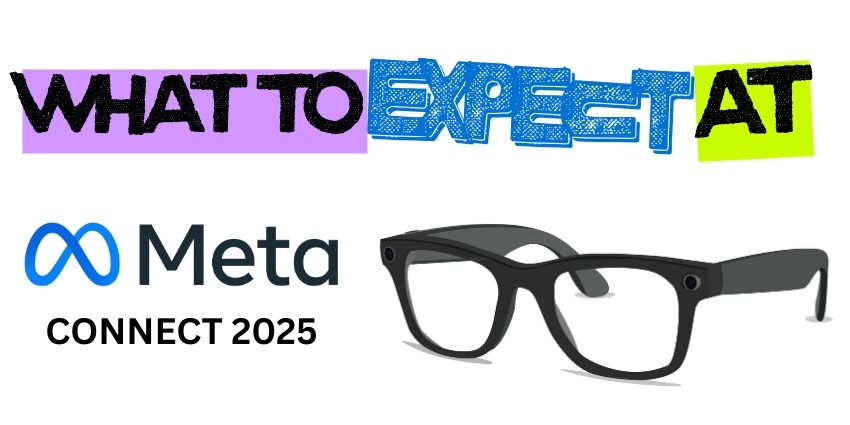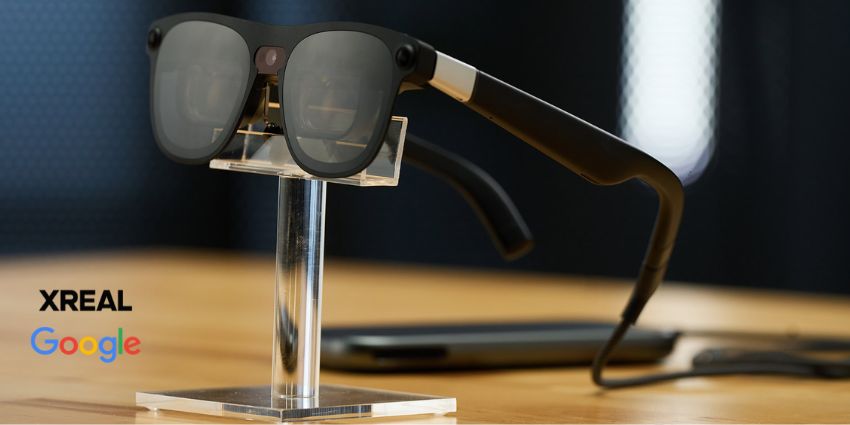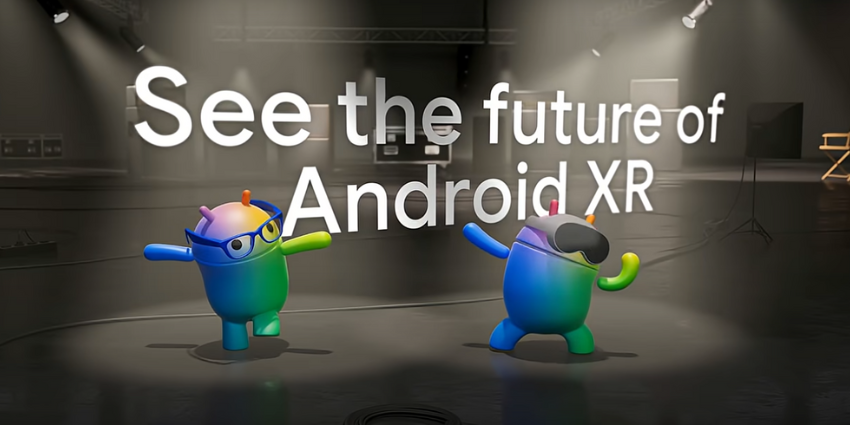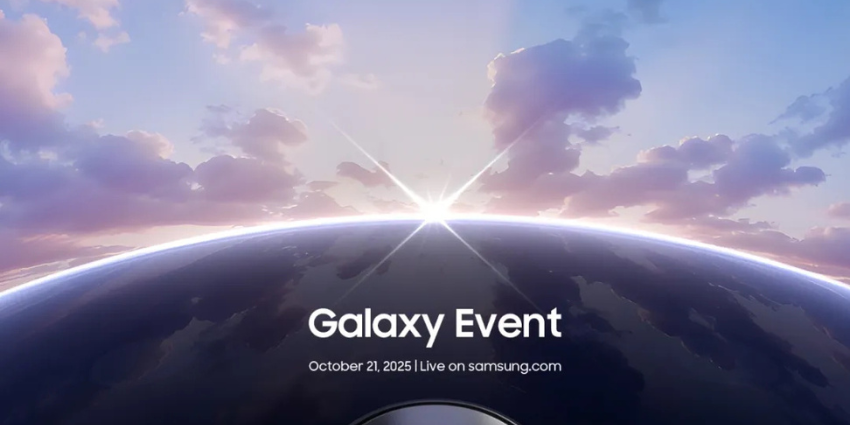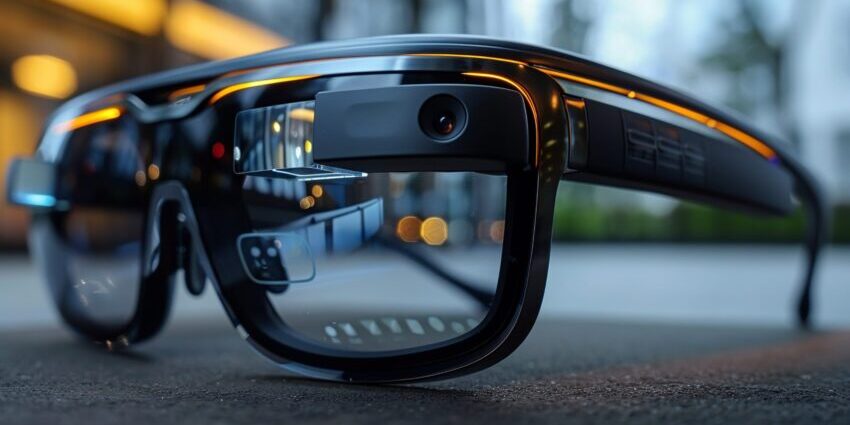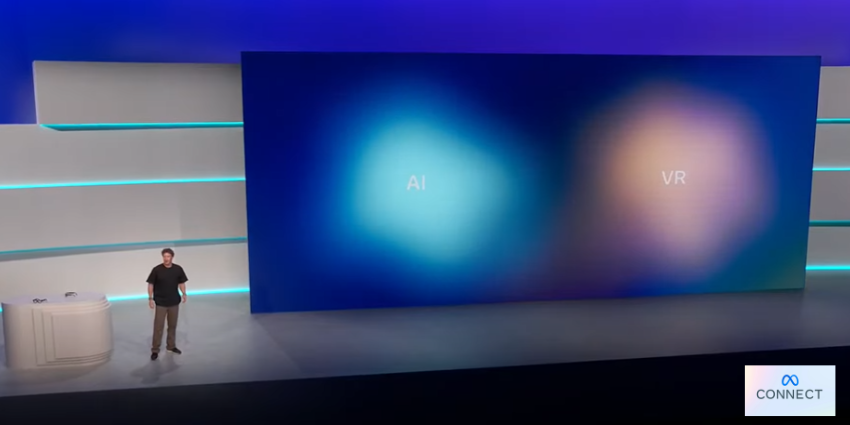As someone fascinated by how technology reshapes our daily workflows, I see Meta Connect as more than another tech showcase. It’s where Mark Zuckerberg and his team reveal the next steps in their vision for immersive computing – from VR headsets and mixed reality to AI-driven smart glasses. If you’re an enterprise leader, developer, or XR professional, Meta Connect 2025 (September 17–18) is an event you won’t want to miss.
This year, Meta is teasing bold moves across hardware, AI, and the metaverse. Let’s explore what you should expect.
Take the Poll
We want to hear from you – which Meta Connect 2025 announcement are you most excited about?
Vote in our LinkedIn poll here
AI Glasses Front and Centre
The headline buzz around Connect 2025 is Meta’s work on AI-powered smart glasses. After success with Ray-Ban and Oakley collaborations, reports suggest Meta will unveil its first display-enabled eyewear – codenamed Hypernova or Celeste. These glasses may offer a lightweight heads-up display for notifications, translations, and AI assistant interactions, paired with a groundbreaking EMG wristband that reads subtle neural signals for input.
For enterprise buyers, this marks a step toward hands-free productivity – imagine field engineers accessing schematics through their glasses, or knowledge workers dictating notes and receiving AI insights without lifting a device.
Smart Glasses Ecosystem Expansion
Alongside next-gen devices, Meta is expected to update its Ray-Ban Meta lineup. Longer battery life, higher-resolution cameras (up to 3K video), and better voice controls are all on the horizon. With more than 2 million units already sold, Meta’s eyewear push shows that smart glasses are shifting from novelty to a scalable platform.
For enterprises, this evolution suggests a future of deployable smart glasses fleets, useful in sectors like healthcare, logistics, and hybrid workplaces where real-time communication and compliance tracking are critical.
Related XR Today Coverage
- Mind the Gap: Meta’s London VR Shop Will Fill Microsoft’s Void
- AI Smart Glasses vs. Smartphones: The Battle for Your Primary Screen is Here
- More Than Hype? Meta’s Hypernova Specs Could Replace Your Phone
Quest Platform and Horizon OS Updates
While no new Quest headset is due this year, Connect 2025 will highlight upgrades to Quest 3/3S and Horizon OS. Expect enhanced multi-user environments, better mixed reality passthrough APIs, and stronger collaborative features.
Meta’s partnership with ASUS may also surface, with a possible reveal of a high-end “ROG Tarius” VR headset designed for enterprise-grade performance. For XR professionals, this signals Meta’s ambition to broaden its ecosystem with third-party hardware partners.
AI-Powered Metaverse Experiences
Perhaps the most transformative updates will come in Horizon Worlds. Meta has started rolling out tools that let creators:
- Generate environments using AI prompts (think entire islands built in seconds).
- Add conversational AI NPCs powered by Meta’s Llama models, capable of lifelike voice interaction.
- Customise personalities, voices, and behaviours for these AI-driven avatars.
These capabilities could revolutionise workplace training, onboarding, and simulation. Imagine AI-driven roleplay scenarios for compliance or customer service training, available instantly in immersive environments.
Developer Toolkit for Smart Glasses
Developers are set to gain access to a new SDK for smart glasses, opening up the platform to third-party innovation. Until now, Ray-Ban/Oakley Meta devices had limited app functionality. This shift allows businesses and developers to create custom AR workflows, productivity tools, and sector-specific applications.
For enterprise buyers, this means custom solutions – from secure, AI-enhanced communication tools to AR dashboards tailored to specific industries.
Looking Further Ahead
Meta is also expected to expand on its long-term vision during a “Future of Computing” fireside chat. Topics likely include:
- AR glasses as the successor to the smartphone.
- Neural interfaces like EMG wristbands for natural, subtle input.
- AI as the connective tissue across devices – from glasses and VR to digital assistants.
For organisations exploring digital transformation, these signals highlight Meta’s roadmap for the next decade: immersive, AI-enabled, and always connected.
Ponder This…
As spatial computing and AI converge, Meta Connect 2025 could be the moment where smart glasses step out of the shadows and into the workplace. The shift from experimental hardware to enterprise-ready, AI-enhanced tools is accelerating.
Will your workplace be ready when smart glasses become as common as smartphones?
Join the Conversation
Be part of the discussion in our XR & Metaverse Community on LinkedIn with 2,000+ members, and don’t miss our weekly newsletter for the latest XR insights.
